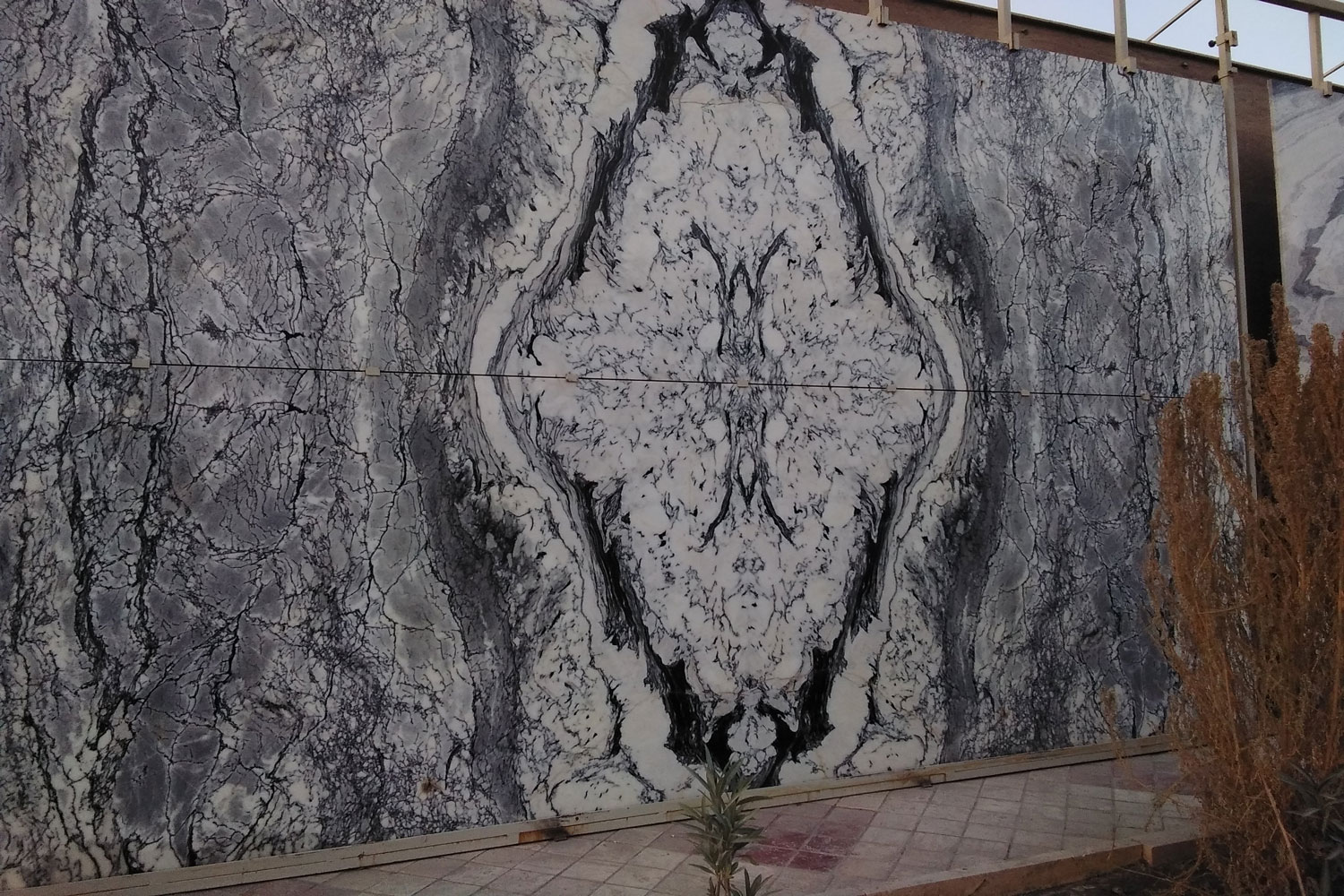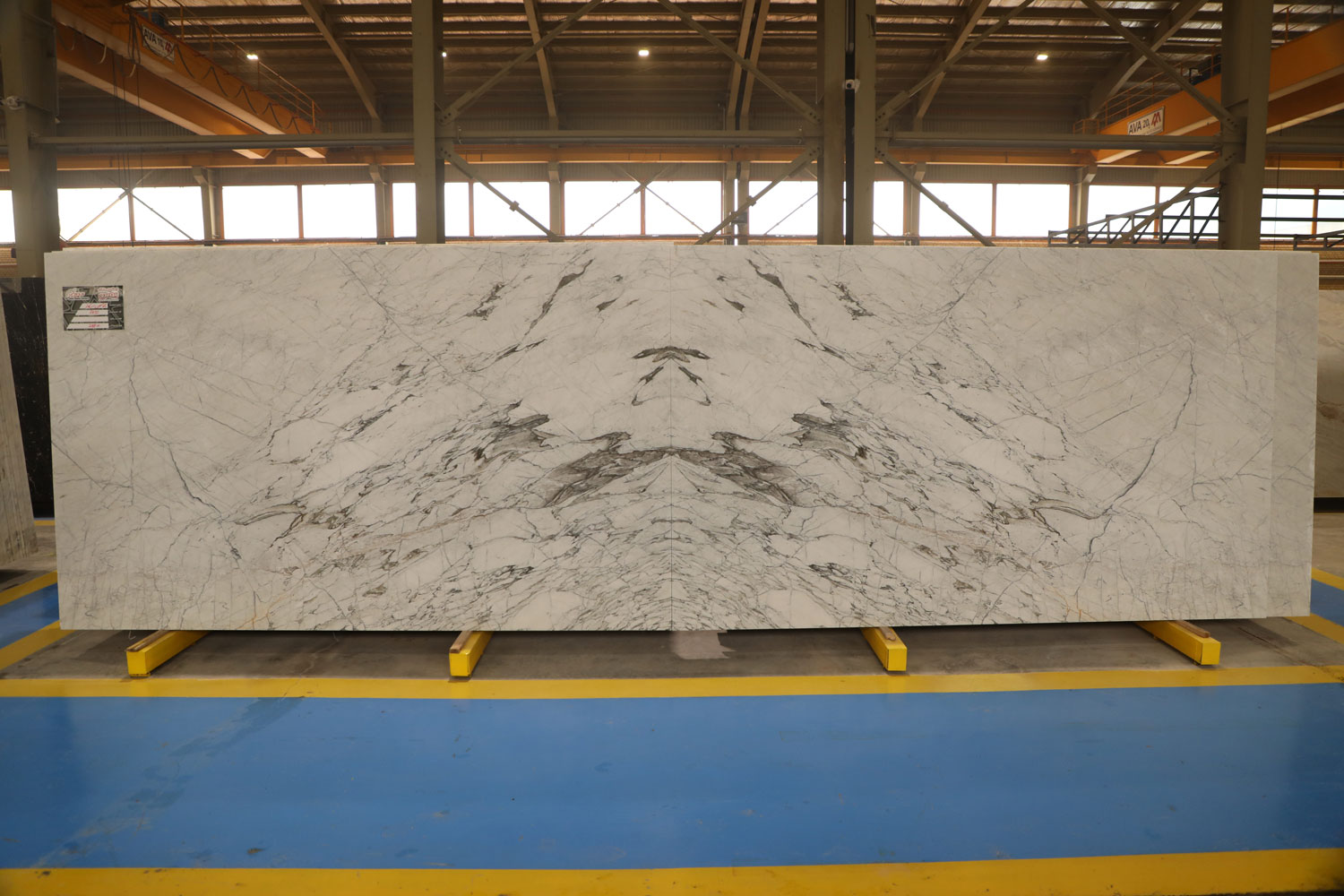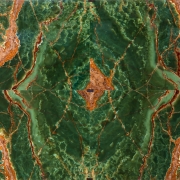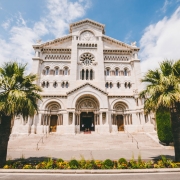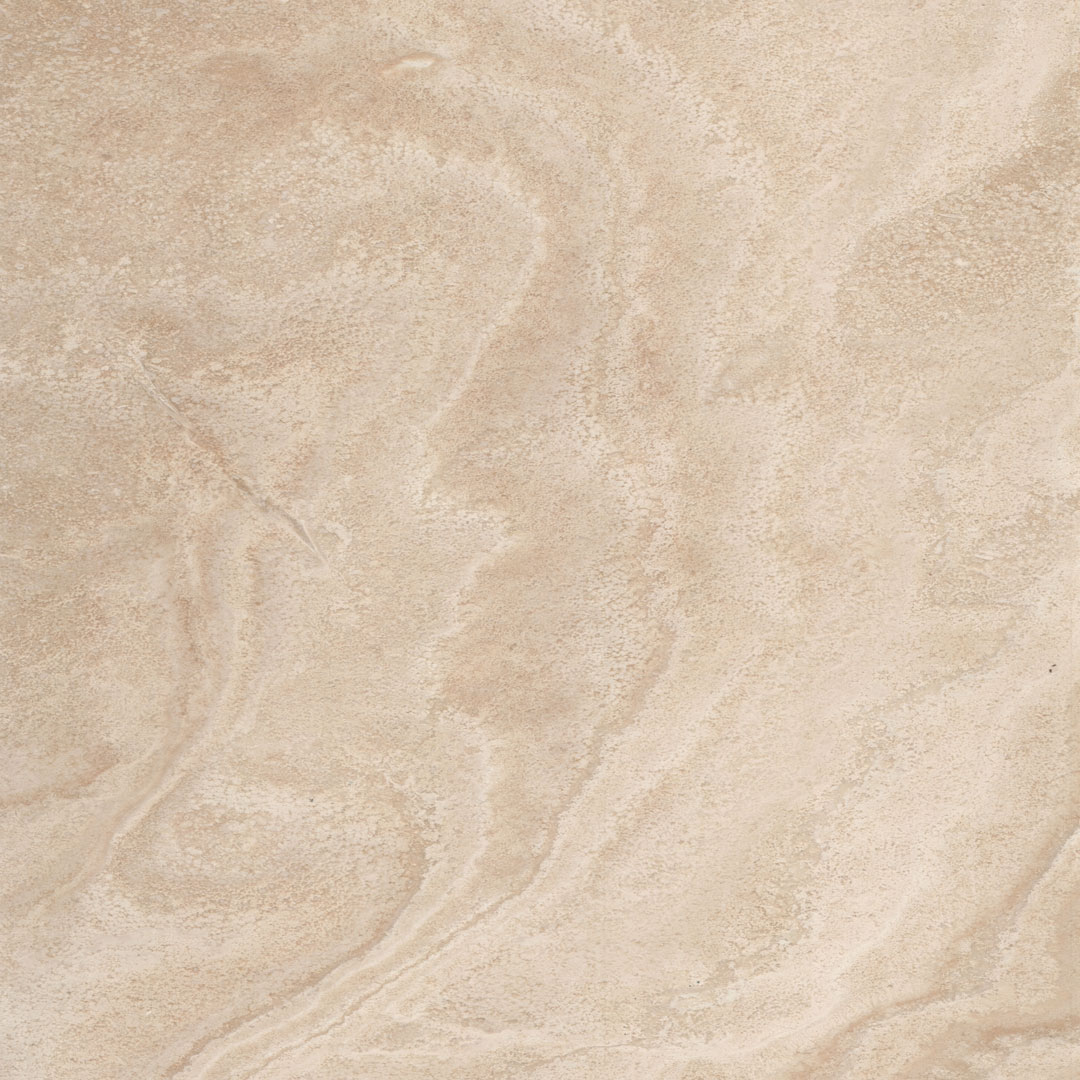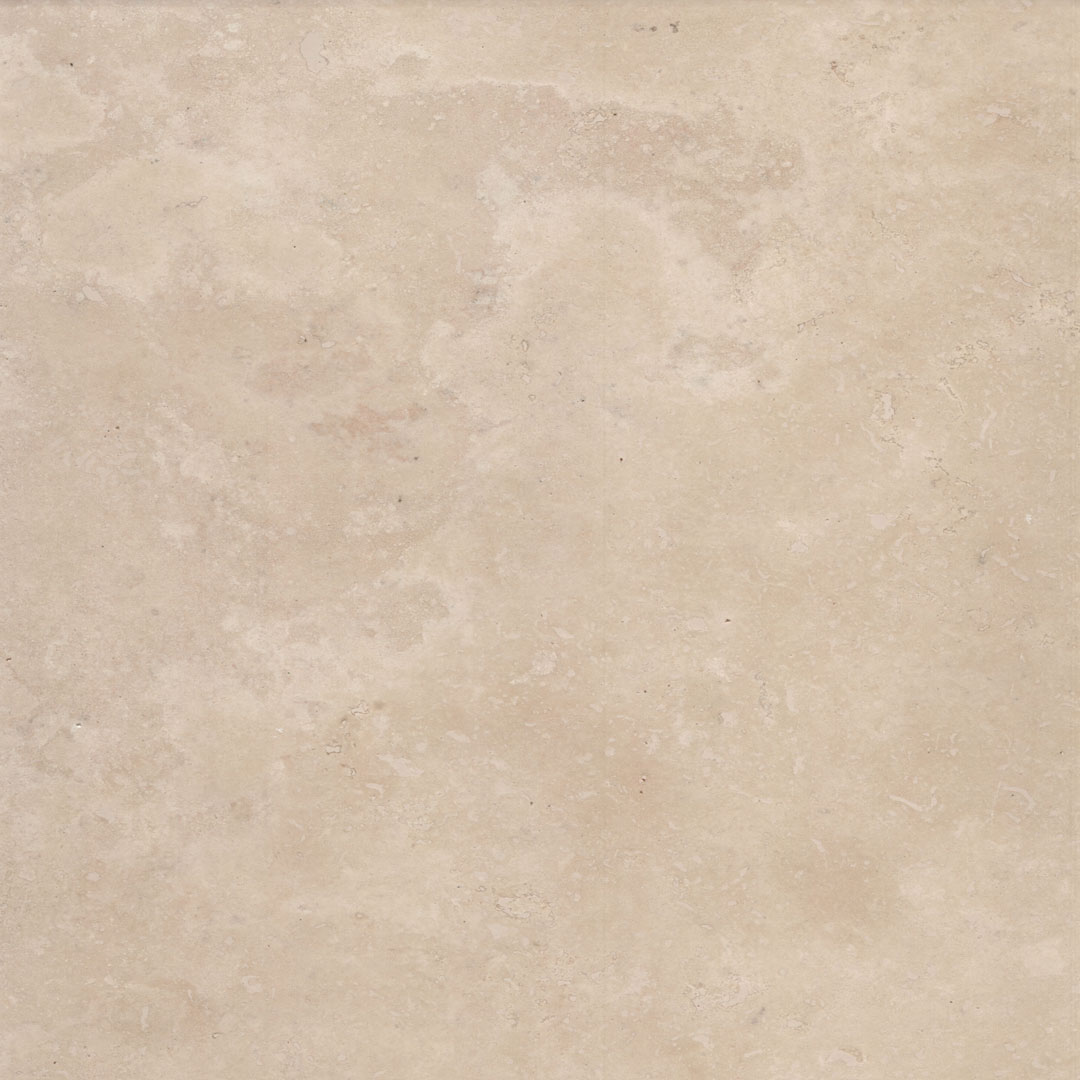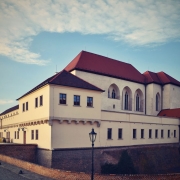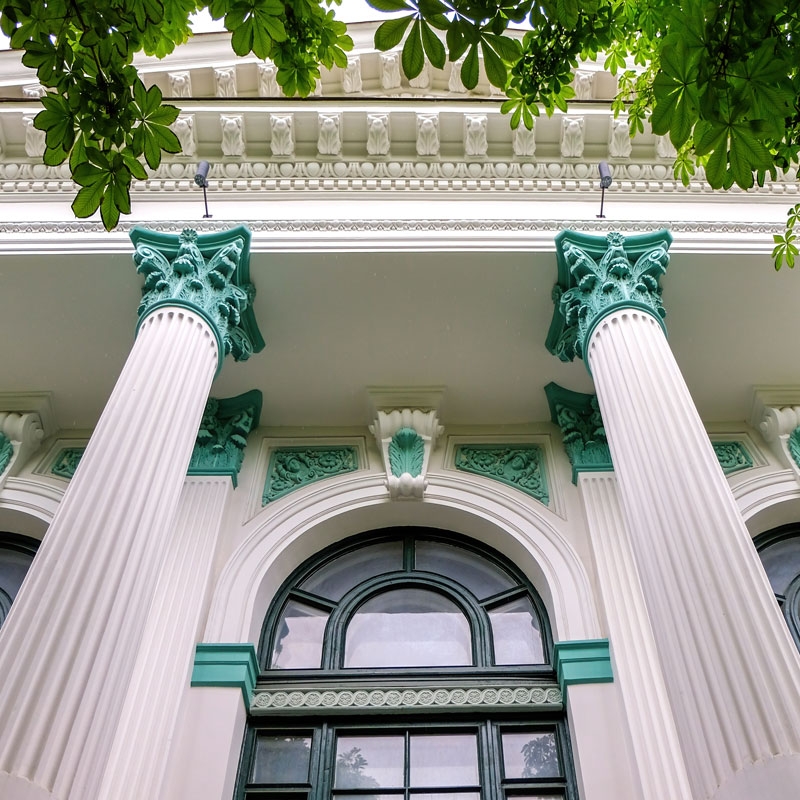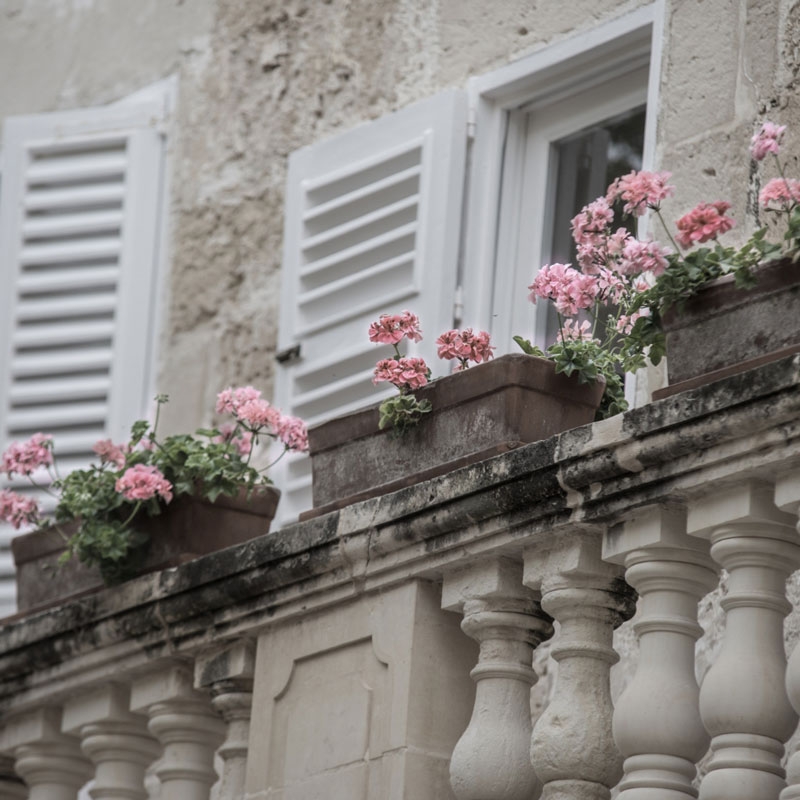Stones and their applications
Polished stones are slippery. Therefore, using polished stones in places such as pools and restrooms are not suitable and it’s best to use honed or cut broker stones in these places. In honing the surface of stones, no polishing material is applied and the stones are not shiny. In general, floor covering stones in halls differ from stones used in restrooms or lobby floor stones differ from parking lot floors. We will discuss in this essay which stones are suited best for each environment.
Natural stones have a large variety to choose from which covers different styles. Stones should be selected based on their usage and geographical location. The best and most appropriate stones for floor coverings are Crystal stones, Granite and Marble. Each will be discussed in detail below.
Marble, nature’s glamour:
Marble is one of the most popular stones used for floor coverings in the world. Marble is available in a wide range of colors and can be polished to perfection. Marble has various kinds, each with its own unique properties. Marble stones lose their color in presence of sunlight and they cannot withstand extreme cold and freezing. Lime-colored Marbles absorb water; therefore, they are not suitable for floor coverings. Marbles can be polished well but are susceptible to scratch and physical damage thus requiring special conservation. Iran has many Marble quarries and some of them have global reputation and are exported to other countries. Polished Marble is a good floor covering option for halls, rooms, lobbies, stairs, commercial and administrative buildings. Honed Marbles are best suited for restrooms, master-rooms and pool sides.
Travertine, symbol of nature:
Travertine stones are often used for façade due to their porous structure. With the technological advances of today, travertine pores are filled and can be used as a floor covering. Travertine stones have high water absorption and low pressure resistance, that being said it requires good care and conservation.
Travertine is used more for facades and artificial stones. Travertine is also used for paving. Travertine has a constant color and has good resistance against cold and freezing therefore it has low pressure resistance. Because Travertine has low pressure resistance, using a thicker layer for the pavement is recommended. To prevent slipping, it is best to use honed or bush hammered stones. Travertines which are processed with resin and epoxy fillers are a good option for interior floor covering.
Granite symbol of resistance:
Granite stones are one of the most resistant stones in the world and a very good building material. Granite stones have different kinds and all of them have good resistance. Granite stones have low water absorption and can generally withstand heat, Cold and sunlight. Granite stones are difficult to cut and expensive to extract and process. Because of their good resistance, they are best suited for paving crowded places with high traffic. Granite does not get scratched and is resistant against physical damage. Polished Granite is a good option for floor covering of commercial and administrative buildings, parking lots and stairs. For floor covering of campuses Flame Granite is often used because polished Granite is slippery when it is wet. To prevent slipping it is best to use Flame Granite.
Onyx, symbol of nature’s softness
Onyx is one of the most beautiful natural stones. Onyx has low water absorption and is resistant against cold, freezing and sunlight. It is often considered as a fancy and luxury stone around the world. Onyx is susceptible to scratch and physical damage and therefore requires special care and conservation. Light passes through onyx and for this spectacular property onyx is used by many architects working on more premium projects. Due to the very high price of this stone, it is mostly used in luxury and expensive buildings. Onyx is used as floor covering of halls, lobbies, hotels and houses of worship.
Crystal, symbol of elegance:
crystal stones create a particular sound when they are knocked upon. They belong to the same family as Marble stones. Crystal stones have low water absorption and are resistant against heat, cold and sunlight. Because of their low water absorption, they are a good option for sanitary areas. Crystal stones are processed into slabs, book matched and four matched which displays their beauty to the utmost. Crystal stones are used as floor covering of halls, commercial and administrative buildings, restrooms, pharmacies, parking lots and stairs.
Best facades
By the expansion of urbanization, there is a rising trend in house building around the world. Contrary to earlier decades, building facades are given more significance in the building and construction companies try to create the best exterior architecture possible.
Engineers and architects do their very best to create the most elegant exterior and interiors using the finest materials available in the market to create a desirable place for people. What creates peoples first impression of a building is the façade. Buildings are identified by their facades. Facades not only protect buildings in harsh environments but also can provide a beautiful and attractive outlook. Beautiful building facades can transform the face of that city.
In designing the façade of a building various types of materials are used such as stone, wood, brick, panels, etc. each with its unique properties.
Among all these materials, stones have probably the longest history of being used as facades and have considerable endurance and resistance.
